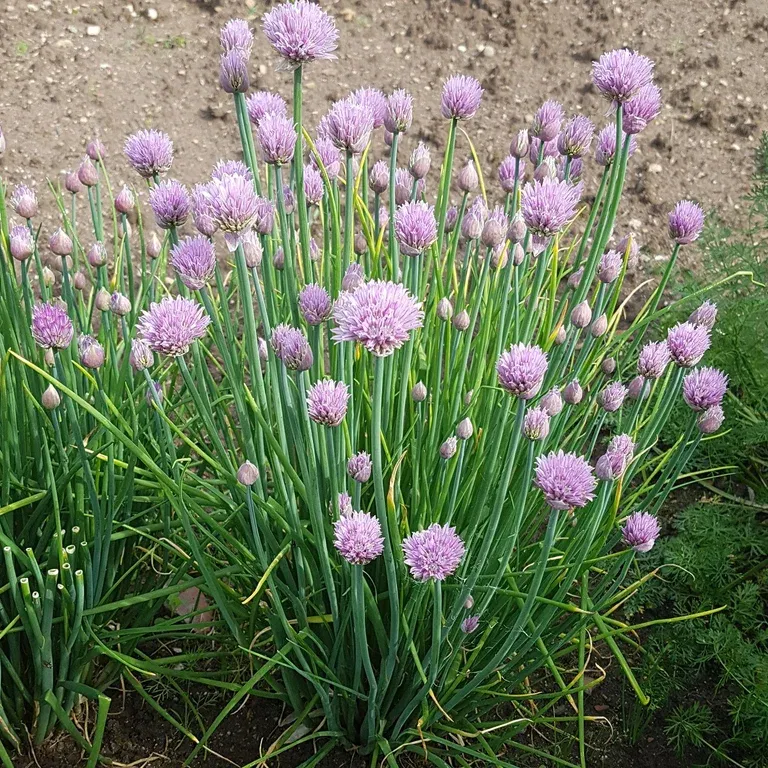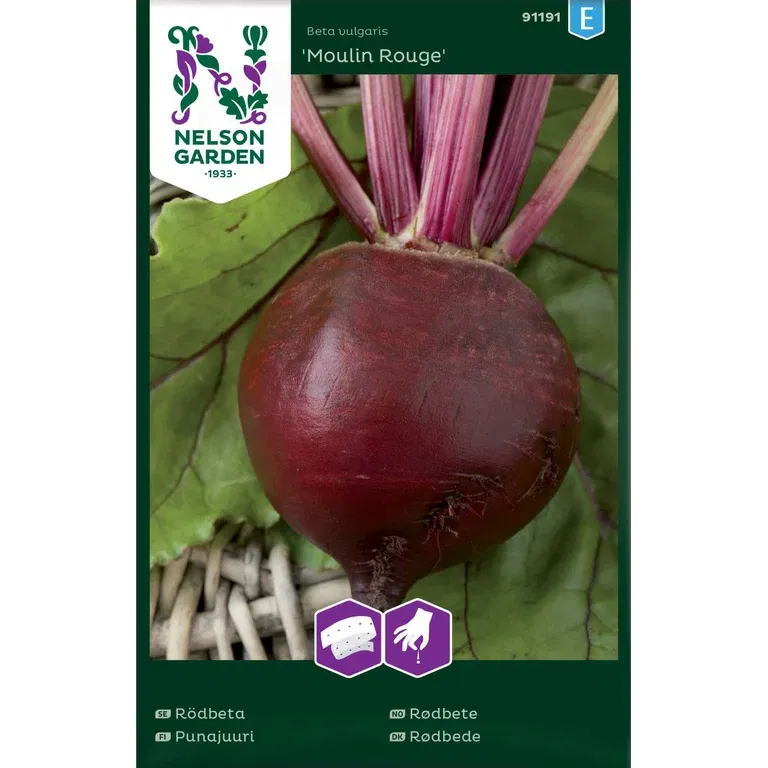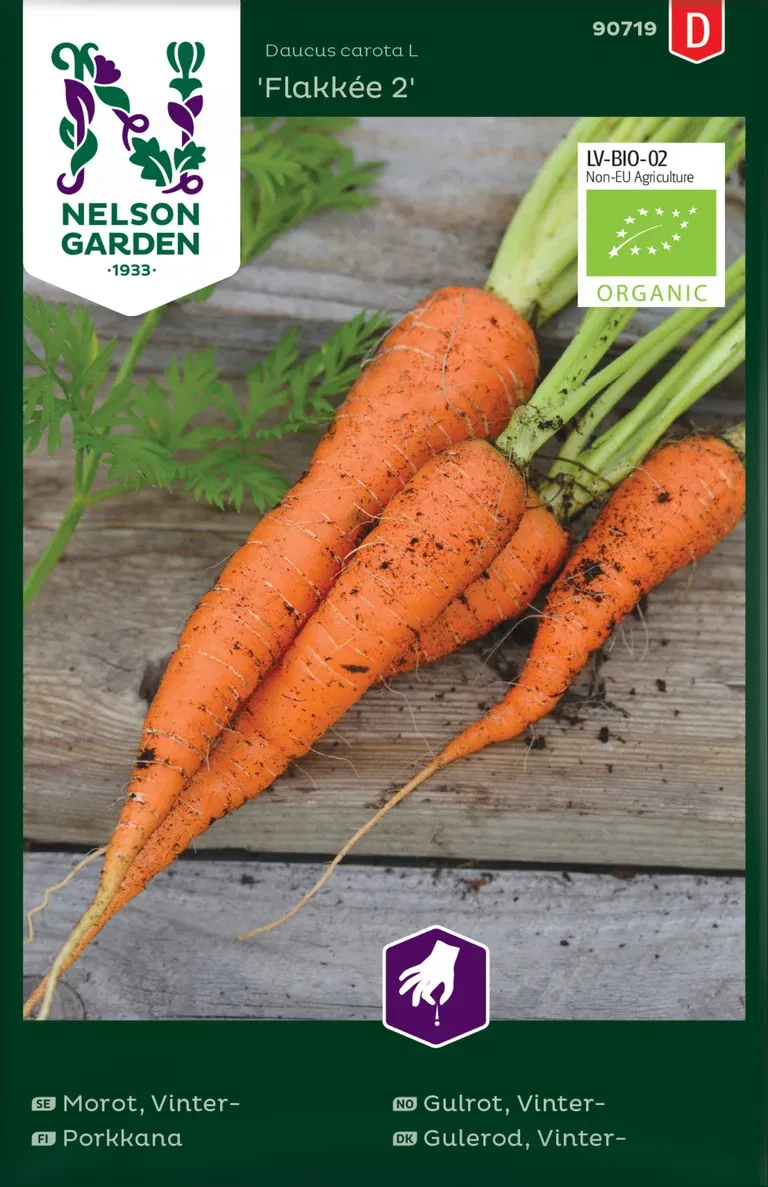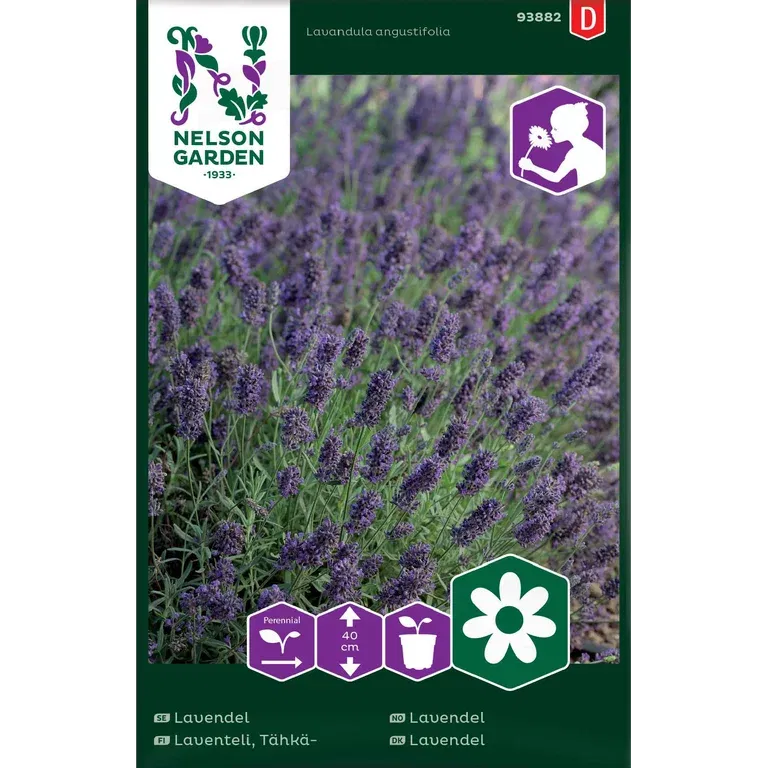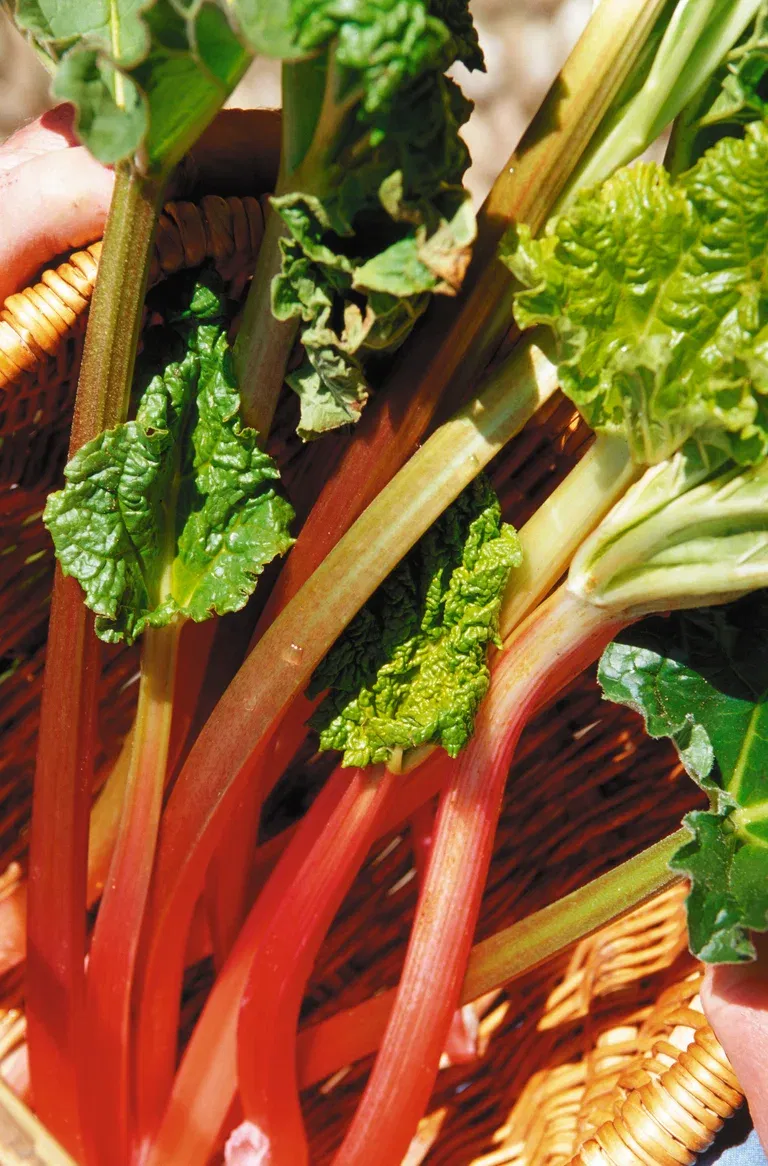SUSTAINABLE GARDEN – short distance, tasty and bee-friendly
Growing, tending, and harvesting are natural parts of most gardens, but in the sustainable garden, they’re the very essence. This down-to-earth garden stands out with its organic and often self-sufficient nature. Here, practical and aesthetic elements are blended freely to create a functional and visually appealing environment that lives in harmony with nature’s cycles.
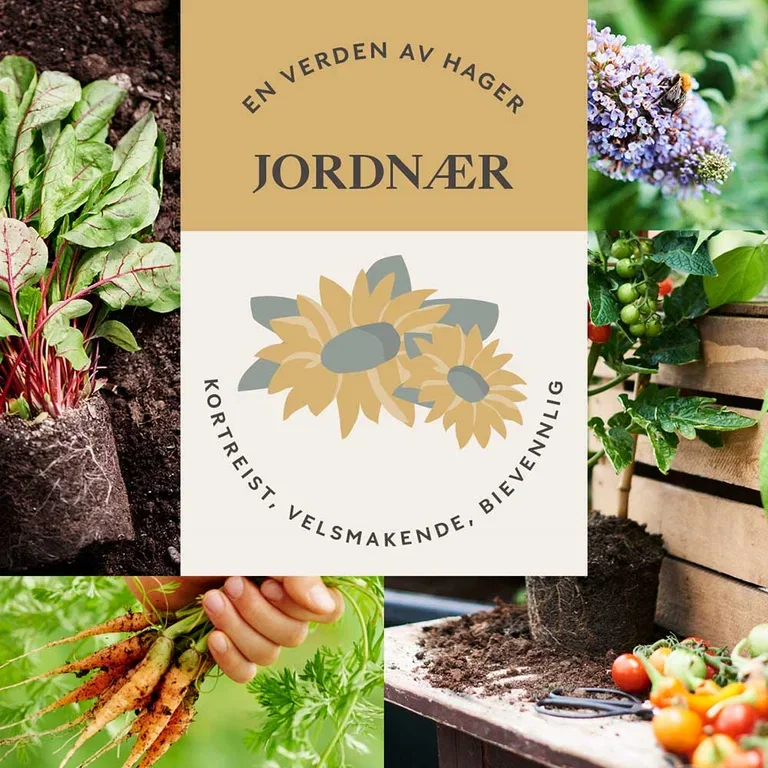
The sustainable garden stands out with its organic and often self-sufficient nature. Here, practical and aesthetic elements are freely combined to create a functional and appealing space that lives in harmony with nature’s cycles.
Local conditions and seasonal changes form the foundation of the down-to-earth garden. Collecting rainwater, sowing a wildflower meadow, planting drought-tolerant species, using grass clippings as fertilizer, and making the most of edible crops come harvest time are just some of the ways you can work with nature in your own garden.

How to create a sustainable garden
To succeed with a down-to-earth garden, there are several aspects to consider:
- Local and hardy plants
Choose plants suited to the Nordic climate and your local hardiness zone. This reduces the need for maintenance and increases the chance that your garden will thrive on its own.
- Biodiversity
Plant flowers and greenery that attract bees and other pollinators.
- Watering
Use smart irrigation systems and collect rainwater to reduce pressure on groundwater resources.
- Locally grown and edible
Grow your own vegetables and herbs in a kitchen garden or greenhouse. Nothing tastes better than homegrown produce—and it doesn’t get more local than that.
- Composting
Use garden and kitchen waste to make your own compost. It enriches the soil and reduces waste. You can also try the Bokashi method for homemade plant nutrients.
- Seasonal variety
Plan for your garden to be beautiful and functional throughout the year. Use perennials for long-term charm and grow vegetables that can be harvested gradually. Also, make sure your garden supports local insects with flowers blooming from early spring to late autumn.
- Recycling and DIY
Build raised beds from recycled materials and insect hotels where bees, butterflies, and other pollinators can thrive. Embrace upcycling and DIY projects when planning your garden.
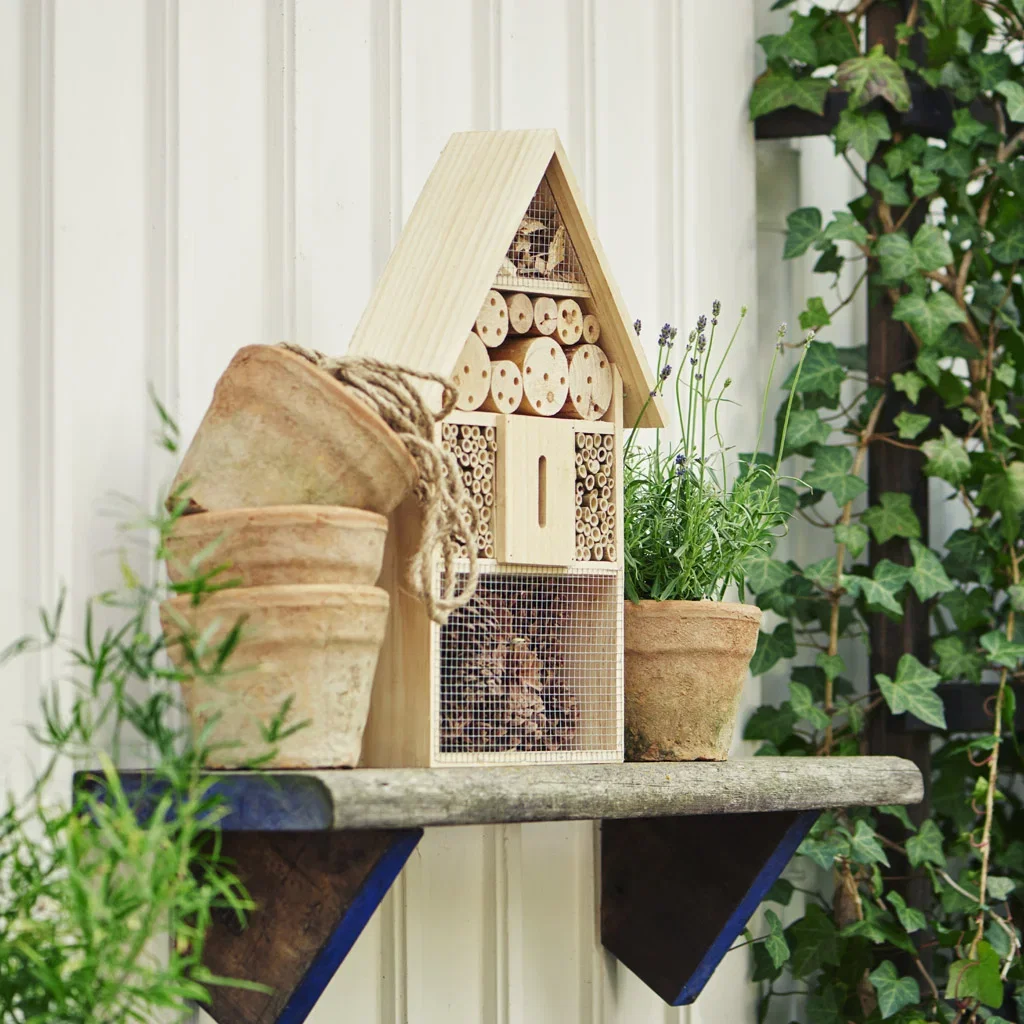
Popular plants in a sustainable garden
Choosing plants for a down-to-earth garden means focusing on species well-adapted to local climate conditions, requiring minimal maintenance, supporting local biodiversity, and contributing to an ecological cycle.
- Lavender
Drought-tolerant and attracts pollinators like bees and butterflies
- Marigold
Easy to grow and great for biodiversity
- Sunflower
Beautiful and attracts birds and insects
- Red clover
Improves soil quality through nitrogen fixation
- Oxeye daisy
Supports biodiversity and needs very little care
- Thyme
Drought-resistant and loved by bees
- Cabbage
Nutritious and can be grown across several seasons
- Pear tree
Long-lasting and produces edible fruit
- Carrots
Support biodiversity and are easy to grow
- Apple tree
Provides shade and edible fruit
- Artichoke
Perennial and edible
- Mint
Easy to grow and great for pollinators
- Rhubarb
Perennial with edible stalks
- Beetroot
Nutrient-rich and great for kitchen gardens
- Jerusalem artichoke
Easy to grow and produces edible tubers
- Catmint (Nepeta)
Attracts cats and pollinators, and is drought-tolerant
- Raspberry
Produces edible berries and can serve as a hedge
- Blueberry
Low maintenance and yields nutritious berries
- Chives
Easy to grow and its flowers attract bees
- Yarrow
Supports biodiversity and is drought-resistant
These plants help create a garden that is both productive and beautiful, filled with locally grown edibles and rich in biodiversity.
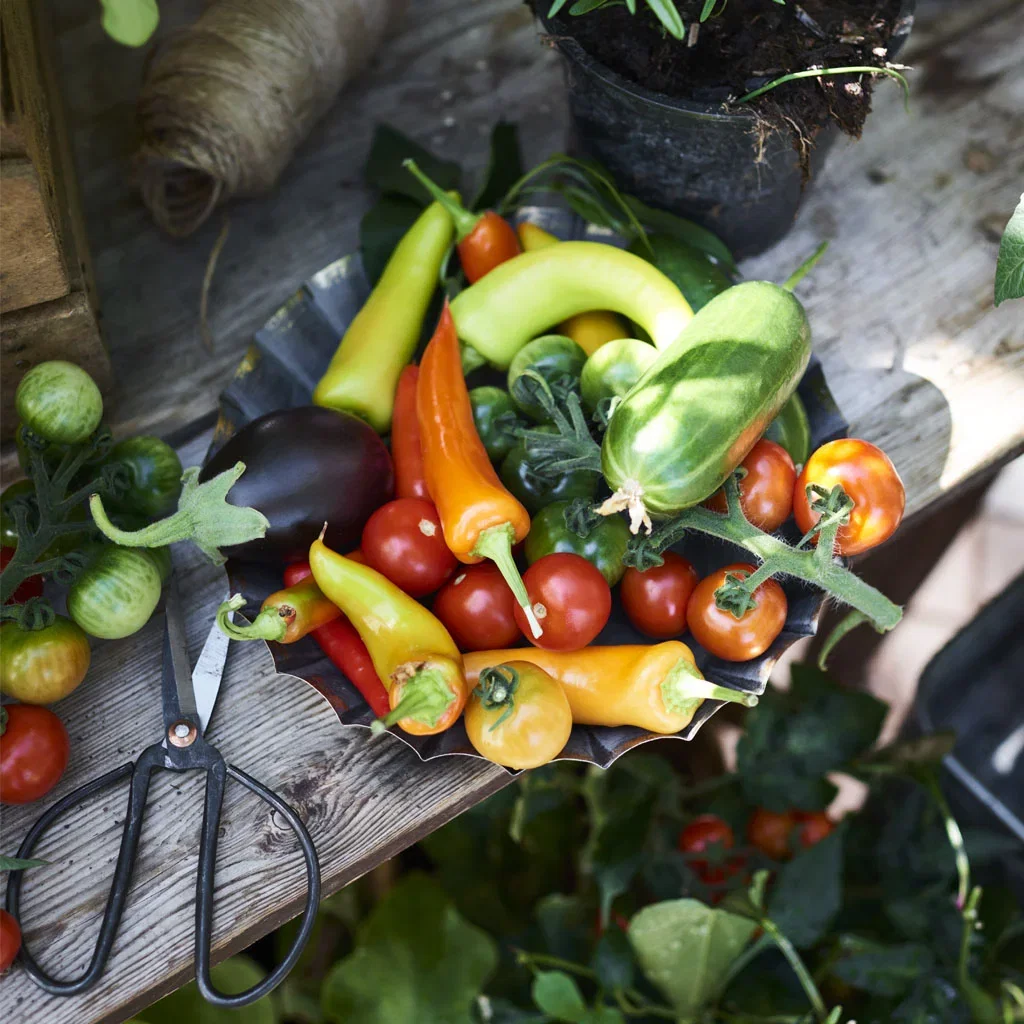
Colors and shapes in a sustainable garden
In the sustainable garden, the color palette is often inspired by nature, featuring greens, browns, and floral tones. The shapes are organic and practical, and the design is simple and functional.
Paths can be made from recycled materials like brick. Seating areas made of natural materials invite rest and reflection. A greenhouse can serve as a central feature for growing more sensitive plants and extending the growing season, while planting beds are perfect for herbs, spices, and vegetables.
By combining these elements, you can create a garden that is not only a place for relaxation but also an active part of promoting a sustainable future.

You are here:
- Garden inspiration - A world of gardens - Sustainable garden







